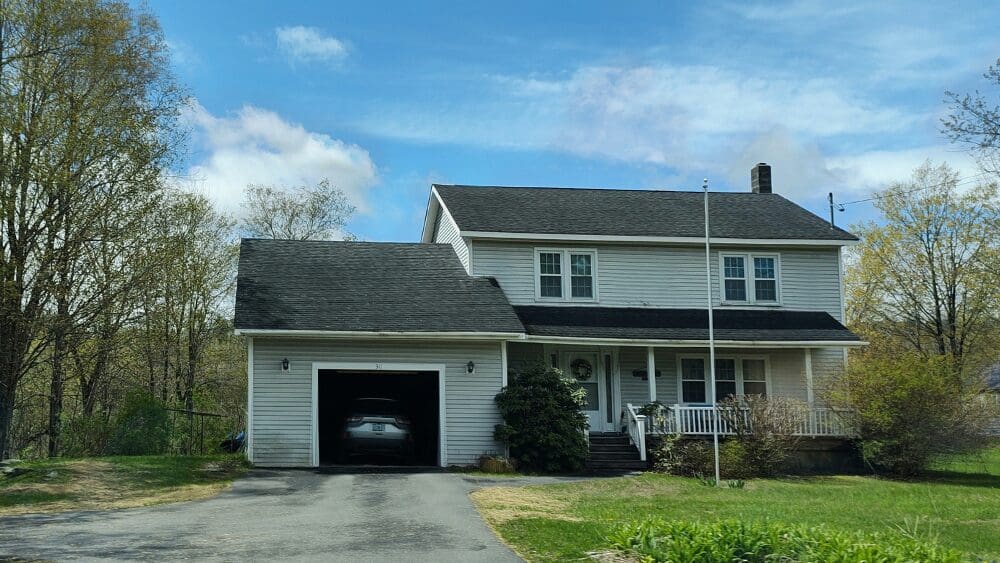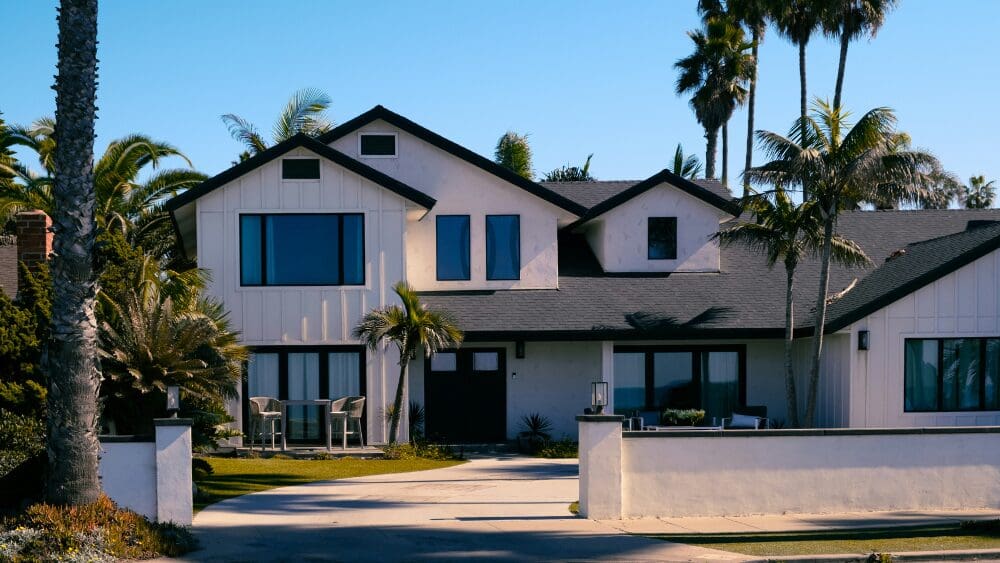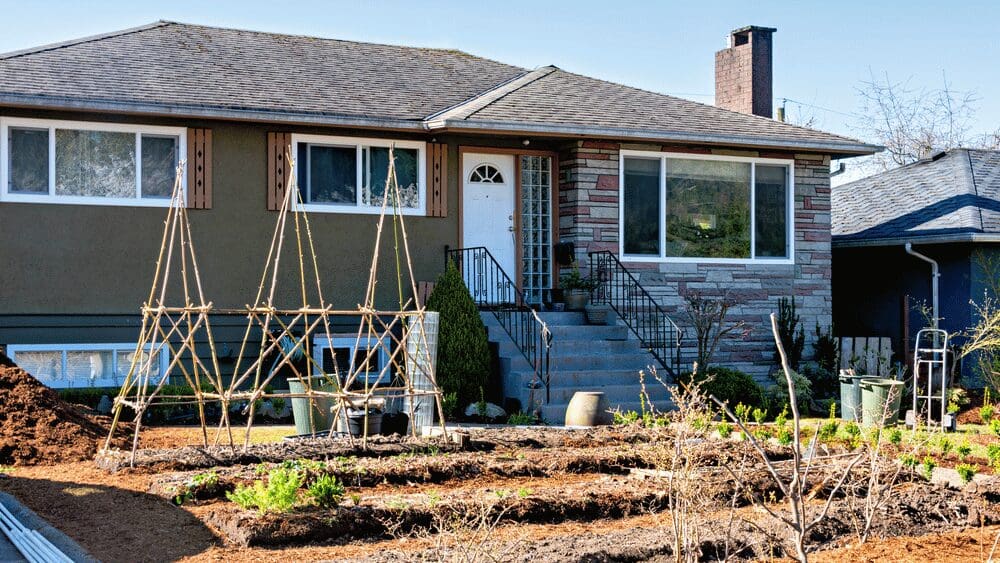
Trendy home improvement shows broadcast homebuyer after homebuyer looking at fixer-uppers — properties with more “rough” than “diamond,” so to speak. Those who contain the willingness and drive to tackle home improvement projects — and who know how to buy a fixer-upper — believe that this can be a great opportunity to build sweat equity and make a house feel like home. But buying a fixer-upper requires extra planning, too, both before and after the home purchase. From the mortgage to design, aspiring fixer-upper buyers should study each stage of the process. Otherwise, your fixer-upper dreams could turn into an upside-down nightmare. Nate Ellison, a real estate agent ranked in the top 4% throughout Rochester, New York, has helped many homebuyers navigate the fixer-upper market. He offers his clients several tips specifically geared toward finding a great project home. Some buyers have cash set aside for both a down payment and a remodeling budget. For those who don’t have that kind of bank statement, buying a fixer-upper could still be within reach, thanks to renovation loans. “The main thing is finding a bank,” Ellison says. “Find a bank that will allow you to rehab a house and put the rehab money into the mortgage.” Ideally, you want to look for a program that will loan you money for the purchase of the house as well as cash for the renovation — all at once. Some options to consider include: Renovation shows on TV lead people to believe that home projects are easy. Just swing a sledgehammer a few times, and a wall disappears … right? In reality, most remodeling jobs aren’t that simple, and often one project will only uncover the need for another. Be realistic with your capabilities. What can you reasonably do on your own, based on your personal time and experience? And what will you need to contract out? Ellison says that for first-time homebuyers, he generally shows them fixer-uppers that need cosmetic enhancements rather than those that require major overhauls. Big issues, such as problems with the foundation, roof, furnace, or windows, will usually require the involvement of professionals. When there’s a need for professional help in the renovation, get at least one quote from a contractor before heading to negotiations with the seller. That way, you can adjust your offer accordingly. And don’t forget about permit costs! But what if you don’t know what kind of help you’ll need with your fixer-upper? That’s where specialized inspections come in. A regular home inspection is absolutely necessary, but whole-home inspectors are only trained to go so far. If they suspect a problem beyond their expertise, they may suggest a specialized inspection. The cost of additional inspections are minor when compared to the potential cost of unexpected issues later. Appraisals for fixer-uppers may be unusual, especially if you get a renovation loan. Some lenders may require an “as-is” appraisal both at the beginning of the process and at the end of the renovation. Other lenders may require an “as-completed” appraisal prior to obtaining the renovation loan. This type of appraisal is basically an estimate of what the home’s worth could be after all remodeling projects are finished. Usually, an “as-completed” appraisal will require plans and estimates from a contractor. If an “as-completed” appraisal is necessary, there’s a good chance that you may also need an “as-is” appraisal after changes are made. Check with your lender about appraisal requirements, then budget accordingly. Location is key in any real estate translation, and it definitely plays a major role when buying a fixer-upper. The neighborhood surrounding the house must be able to support the type of renovation you want to undertake. Otherwise, you won’t be able to realize the full value of the improvements, and you could end up upside-down on your loan. For example, a house listed for $175,000 in a neighborhood where houses are typically selling for $200,000 may seem like a good deal. But if you plan to spend $35,000 on the renovation, you may not be able to recover the full value of your investment when it’s time to sell. Work with your real estate agent to find good comps in the area — comparable nearby homes with similar renovations that sold recently. If you can, ask neighbors about fluctuations in home values and any planned neighborhood improvements. Information about the local market can help you make the best offer for the area and plan sustainable renovations accordingly. Buying a fixer-upper is really only half the battle. After closing, the real work begins — the fixing-up part! As you’re planning the specifics of your renovation, take the design of your home and the character of your neighborhood into account. You don’t want to redo the place to the point where it doesn’t fit with the area anymore. Instead of standing out for the right reasons, your house could end up sticking out like a sore thumb! You’ll also want to be aware of dependencies, meaning design changes that will affect something else. For example, changing the layout of the kitchen cabinetry could require also changing the flooring, unless the flooring runs continuously to the wall. If the flooring butts up against the cabinets, the layout will depend on whether or not you’re willing to put in new flooring. Again, home improvement shows make the renovation process look seamless and fast, but each step of the project takes time. Hardly any renovation project proceeds exactly as planned. Though frustrating, scheduling hiccups are almost to be expected. That said, here are some average timelines for remodeling jobs. Keep in mind that these numbers assume that work can be done full-time, often with a crew. Do-it-yourself remodeling will take much longer. Ellison mentions the need to focus on the quality of the work in order to truly increase the value of the home. Not only is the quality of the remodeling important for the appraisal, it’s also important for resale value. “People know good quality work from bad,” he says. “In fact, they notice bad quality work even more!” When choosing materials, finishes, and contractors, be sure to opt for affordable quality that fits in your budget rather than simply choosing the least expensive options. Similarly, don’t skimp on quantity. If you’re purchasing supplies for your own DIY projects, give yourself a buffer for overage and breakage. You don’t want to end up three tiles short on your backsplash! Not only would that be a hassle, but you could also end up with a mismatched lot color — or worse, the tile could be discontinued. When in doubt, overbuy, especially if your supplier has a good return policy. Ideally, all the rooms in your fixer-upper could be gutted and remodeled at the same time. For homeowners who have another place to live, working simultaneously in multiple areas could be the key to a fast turnaround. Imagine how quickly the work would be accomplished if all the projects could happen at once! But for many homebuyers, that’s simply not feasible. Those who are living in their fixer-upper while also remodeling will probably have to do the work in stages. In that case, prioritize your list according to your necessities and the practicalities of your life, if possible. Redo the kids’ bedrooms while they’re in school, tackle the kitchen during grilling season, and never leave yourself without at least one usable bathroom (obviously!). Buying a fixer-upper can be a great way to get a good deal as well as a chance to personalize a home to your tastes. The work may seem endless, and the projects daunting, but with a little guidance and a lot of pre-planning, you may just end up uncovering that diamond in the rough!Before you buy
Explore renovation loan options
Know your limits
Additional inspections can save the day
Appraisals could be tricky
Make sure the location is on point
After you buy
Decide what makes sense for the home and neighborhood
Cultivate patience
Don’t skimp on materials and workmanship
Work within your lifestyle



